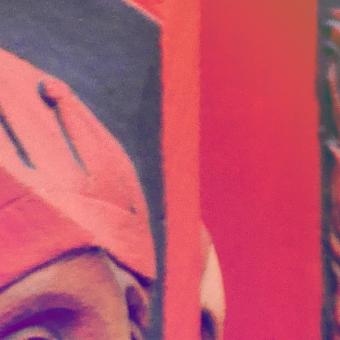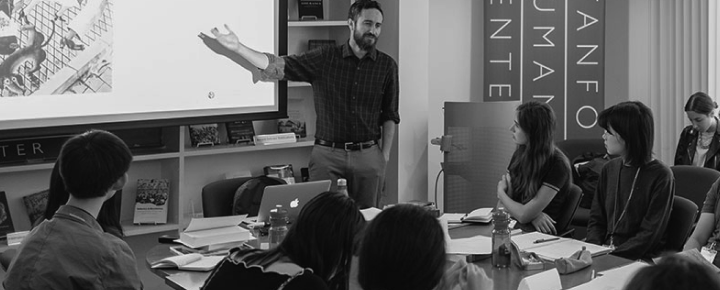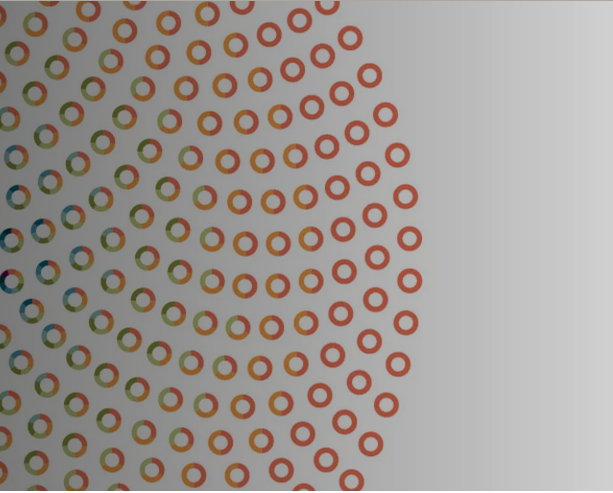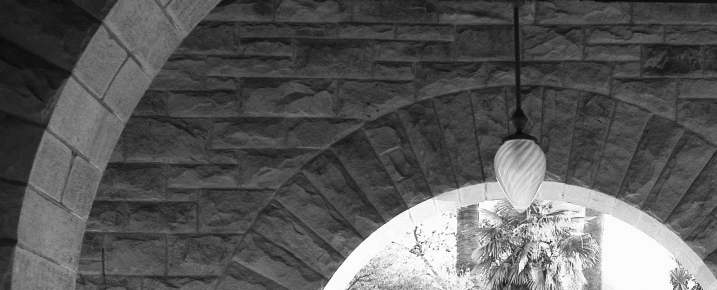
In this episode of The Multicultural Middle Ages podcast, T. Liam Waters (UC Berkeley) and Ana C. Núñez (Stanford) use New Materialism as a disciplinary approach to the Middle Ages, exploring the connections between medieval cultures, times, and places.






